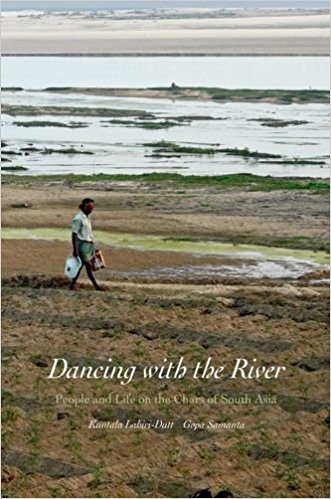The eastern part of the Indian subcontinent hosts the confluence of two mighty river systems of the subcontinent, the Ganga and the Brahmaputra, known as the Padma and Jamuna in Bangladesh respectively. These two rivers merge to become the Meghna that meanders its way into the Bay of Bengal creating one of the largest deltaic regions of the world, mostly within the territory of Bangladesh. Part of the delta lies on the Indian side in the state of Poschimbongo or West Bengal.
It is the nature of rivers to change course. Rivers fed by the Himalayas are particularly prone to this natural phenomenon, as they carry huge amounts of silt and sedimentary material. The Jamuna which is the main channel of the Brahmaputra in Bangladesh was not so two centuries ago. The original main course of the Brahmaputra in Bangladesh is today a small river, almost a rivulet that flows past the town of Mymensingh. The natural changing flow of rivers creates sand banks in the river bed or along the banks.

